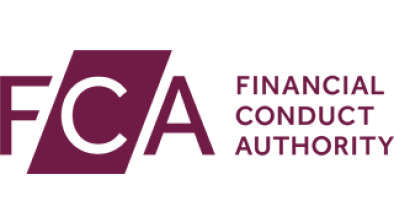FRC: Workforce engagement lies at the heart of good corporate governance

The Financial Reporting Council (FRC) has published research revealing that workforce engagement lies at the heart of good corporate governance.
The research, by Royal Holloway at the University of London and the Involvement and Participation Association found that many FTSE 350 annual reports appear to downplay the importance of their workforce engagement.
The UK Corporate Governance Code asks companies to report on their engagement with the workforce.
Changes in workforce engagement have been more an evolution than a revolution, with many companies amending existing practices that have been in place for several years.
The case studies included in today’s report set out innovative approaches and fresh thinking that could potentially be applied more widely. Good practice identified in the research shows how the exact mechanism of engagement is less important than companies’ desire to genuinely engage with employee views and recognise the benefits that such engagement can bring.
Sir Jon Thompson, FRC CEO, said: “The report highlights some good examples of productive workforce engagement. It takes time to put in place, and develop, workforce engagement mechanisms, create a feedback loop and see the consequent results. Ultimately the main goal is a better-performing company. I hope companies and boards will consider this research and engage with the good practice examples.”
Chris Rees, Professor of Employment Relations, Royal Holloway, University of London and Patrick Brione, head of policy and research, IPA, added: “Our review has highlighted some interesting areas of innovation and good practice in how to bring an effective workforce voice into the boardroom. At the same time, we found that there remains much room for improvement for many firms, in both their practice and reporting.
“We hope to see continued progress in this area, as part of a broader move towards building more purpose-driven companies that reflect the interests of all their stakeholders.”









